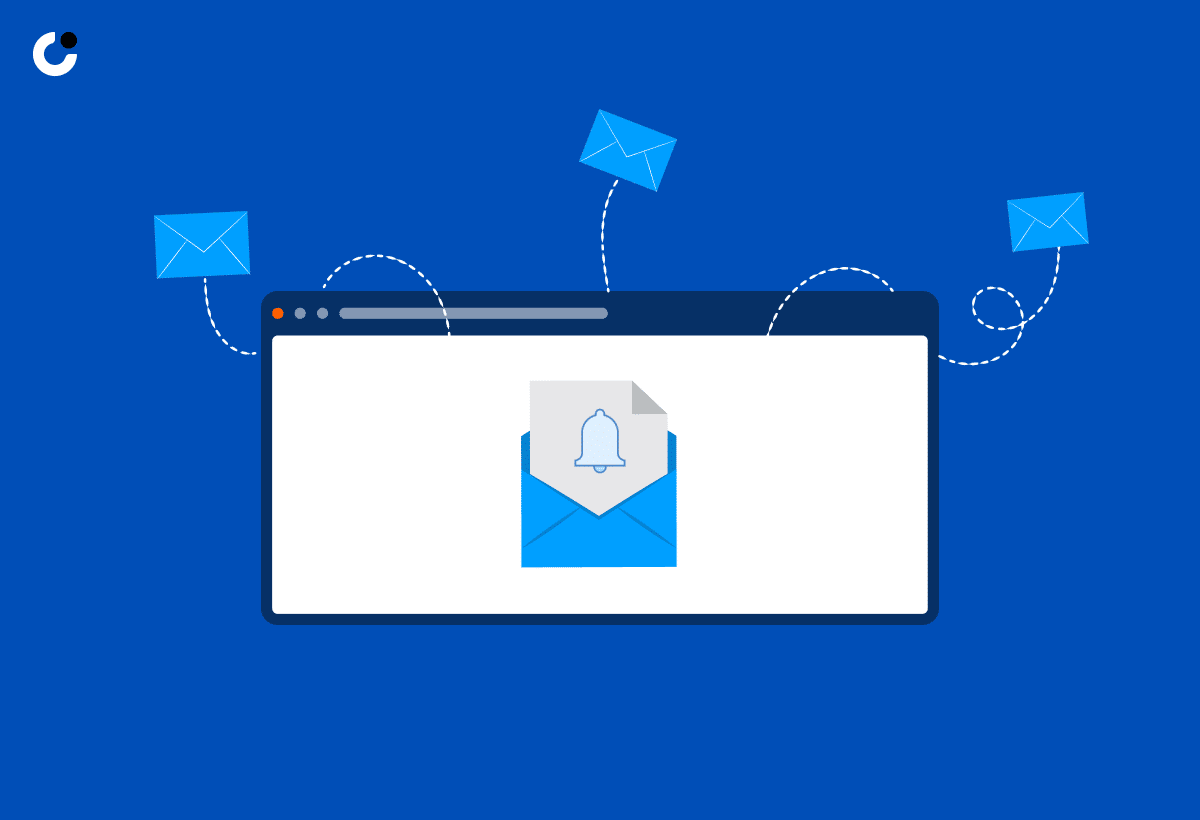Do you ever find yourself in a situation where you need to gently remind someone about an upcoming event, payment, deadline, appointment, or subscription renewal? Crafting a well-written reminder email can be an art form that requires finesse and tact.
In this article, we will explore the definition and importance of gentle reminder emails, the anatomy of a successful reminder email, different types of reminder emails, tips for writing effective reminders, common mistakes to avoid, tools for sending reminders, strategies for improving email quality, and optimal timing for sending reminders.
Join us as we delve into the world of polite reminders and learn how to effectively nudge someone via email.
Key Takeaways:
1. Customize your reminder email to fit the specific type of reminder needed, whether it's for an event, payment, deadline, appointment, or subscription renewal.
2. Use templates and automation tools to make the process more efficient and consistent, but avoid common pitfalls like lack of clarity and proofreading mistakes.
3. Timing is key - identify the best time to send your reminder email for optimal effectiveness and utilize tips for enhancing communication to improve the quality of your reminders.
Introduction to Gentle Reminder Emails

Reminder emails are a crucial aspect of modern communication in the business world. A gentle reminder email is a polite way to send an important message or follow-up on a pending matter.
These gentle reminders play a significant role in maintaining effective communication channels between colleagues, clients, or partners. By using a polite and respectful tone, these emails can avoid potential conflicts or misunderstandings often seen in direct interventions. In the realm of sales success, timely reminders can keep prospects engaged and enthusiastic about potential deals.
For office workers, receiving a gentle reminder email not only keeps them informed but also helps them prioritize tasks efficiently, leading to increased productivity. An effective reminder email is concise, clear, and encourages prompt action without being agitating.
Definition and Importance

The definition of a reminder email lies in its ability to gently prompt action or acknowledgment without being intrusive. Understanding the importance of timely reminders can significantly impact business deals and communication efficiency.
When considering the polite and effective nature of reminder emails, they serve as valuable tools in keeping communication lines open and ensuring that important tasks are not forgotten.
Gentle reminders act as friendly nudges, helping recipients stay on track without feeling pressured or overwhelmed. This approach fosters a positive relationship between parties involved in a transaction or negotiation, reflecting the sales virtue of patience and consideration in dealings.
Clear and concise communication through reminder emails conveys professionalism and reliability, which are essential elements in successful business interactions.
Anatomy of a Reminder Email
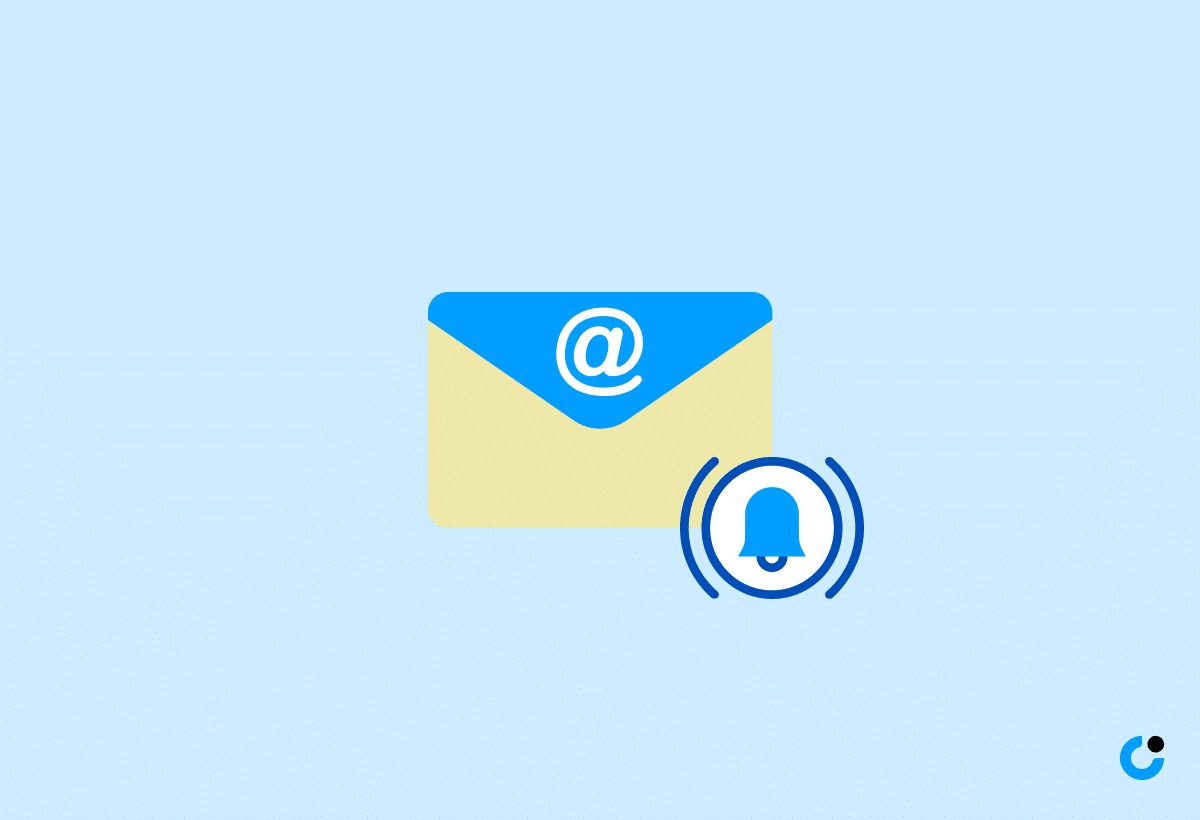
The anatomy of a reminder email includes strategic subject lines, compelling body content, and clear calls to action. Personalized touches and effective email templates can enhance the impact of a gentle reminder.
Subject lines play a crucial role as they are the first element recipients see, determining the email's open rate. Concise yet attention-grabbing subject lines, such as 'Don't miss out!' or 'Time-sensitive action required', can prompt immediate engagement. The body content should provide relevant information, reason for the reminder, and a polite tone.
Personal touches, like addressing the recipient by name, including past interactions, or referencing specific details, can establish a connection. Pre-designed templates ensure consistency and save time, maintaining brand identity. By incorporating these components, a reminder email becomes a powerful tool for increasing response rates and driving desired actions.
Types of Gentle Reminder Emails

Various types of gentle reminder emails cater to different needs, including event reminders, payment reminders, appointment reminders, and subscription renewal notifications. Each type serves a distinct purpose in maintaining communication and meeting deadlines.
Event reminders are crucial in ensuring attendance and participation at important occasions, preventing any missed deadlines or forgotten events.
Payment notifications help in prompt settlements, avoiding any late fees or penalties.
Appointment follow-ups facilitate seamless scheduling and reduce no-show rates, enhancing efficiency in service provision.
Subscription renewals serve to keep customers engaged and informed about special offers or updates, ensuring continuity of service and maintaining customer satisfaction.
Event, Payment, Deadline, Appointment, and Subscription Renewal Reminders
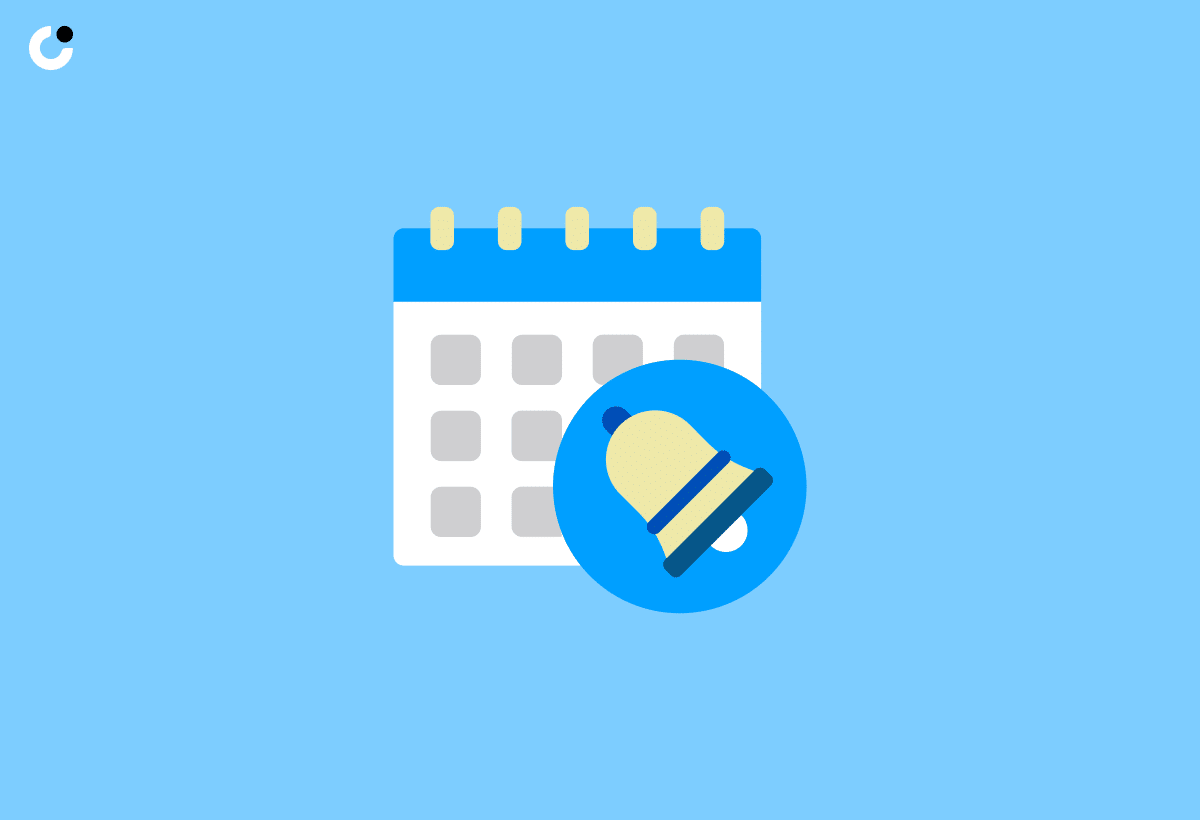
Event reminders ensure participants are informed, payment reminders maintain financial stability, deadline reminders aid in timely completion, appointment reminders facilitate scheduling, and subscription renewal notifications support ongoing services.
Each type of reminder email serves a specific purpose crucial in various contexts. Event reminders play a vital role in keeping participants updated about event details, ensuring smooth attendance. Payment reminders are essential for businesses to manage their financial flow and maintain stability. Regarding missed deadlines, timely reminders can assist individuals and teams in meeting crucial project timelines. Appointment reminders help both professionals and clients stay organized and avoid any scheduling conflicts. Subscription renewal notifications are paramount for businesses offering ongoing services, ensuring no interruption in the client-provider relationship.
Writing Effective Reminder Emails

Crafting effective reminder emails involves utilizing actionable tips, personalized content, and attention-grabbing subject lines. Leveraging email templates can streamline the reminder process and ensure consistency in communication.
When creating reminder emails, it is crucial to hook the reader from the very beginning with a compelling subject line. A catchy subject line can significantly increase the open rate of your email and encourage recipients to engage with the content.
Furthermore, personalizing the email content based on the recipient's preferences or previous interactions can enhance the chances of a positive response. Tailoring the message to resonate with the individual recipient creates a sense of connection and increases the likelihood of achieving the desired outcome.
Another valuable tip is to utilize friendly and polite language in your follow-up emails. Tone plays a pivotal role in setting the right expectations and fostering a positive relationship with the recipient.
Tips and Best Practices
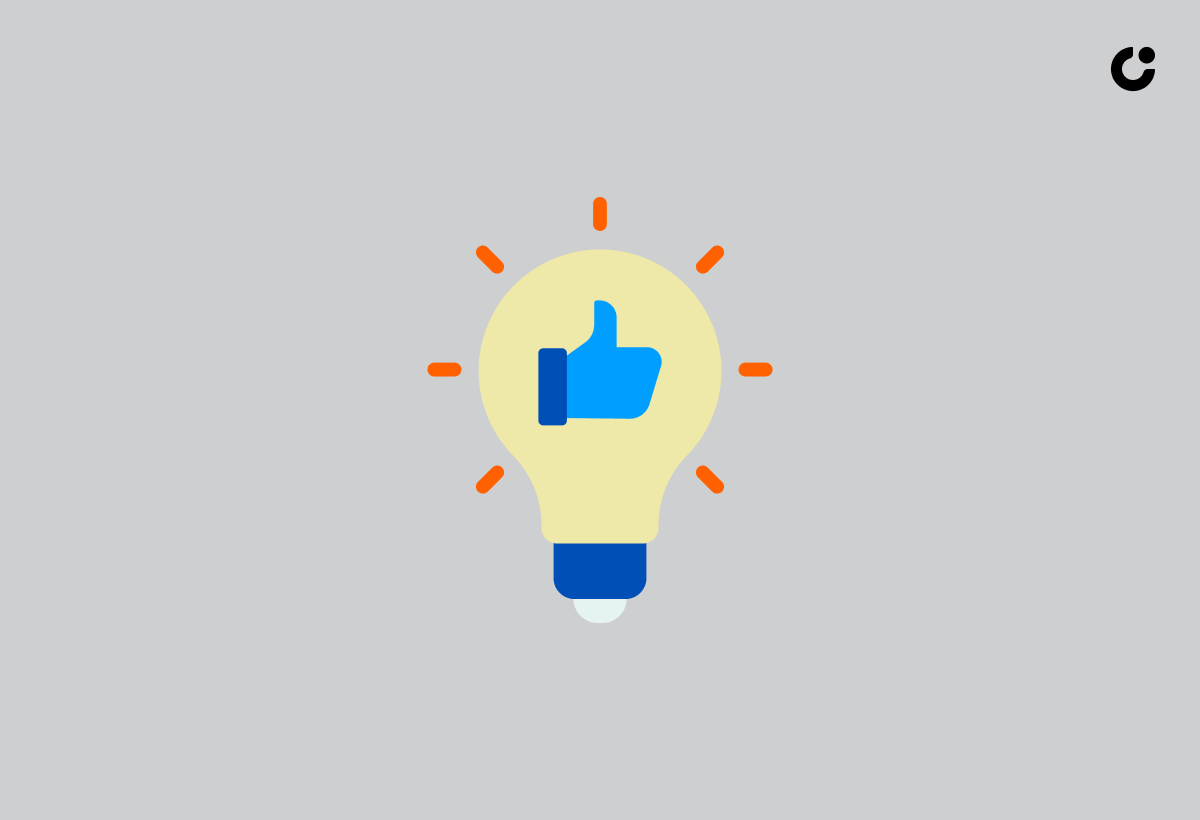
Effective reminder email tips include maintaining brevity, focusing on clear communication, and adding a personal touch. Incorporating actionable points and relevant information enhances the impact of reminder messages.
When crafting a successful reminder email, it's crucial to grab the recipient's attention from the start. Begin with a concise subject line that conveys the purpose of the email clearly. Keep the main body of the email concise, breaking down crucial information into short paragraphs for easy readability. Personalization is key in creating a connection with the reader; address them by their name and tailor the content to resonate with their interests or previous interactions.
Another effective strategy is to include a clear call-to-action, prompting the recipient on what steps to take next. Whether it's a simple reminder for an appointment or a call for action, make it easy for them to respond or complete the desired task.
Utilizing Templates
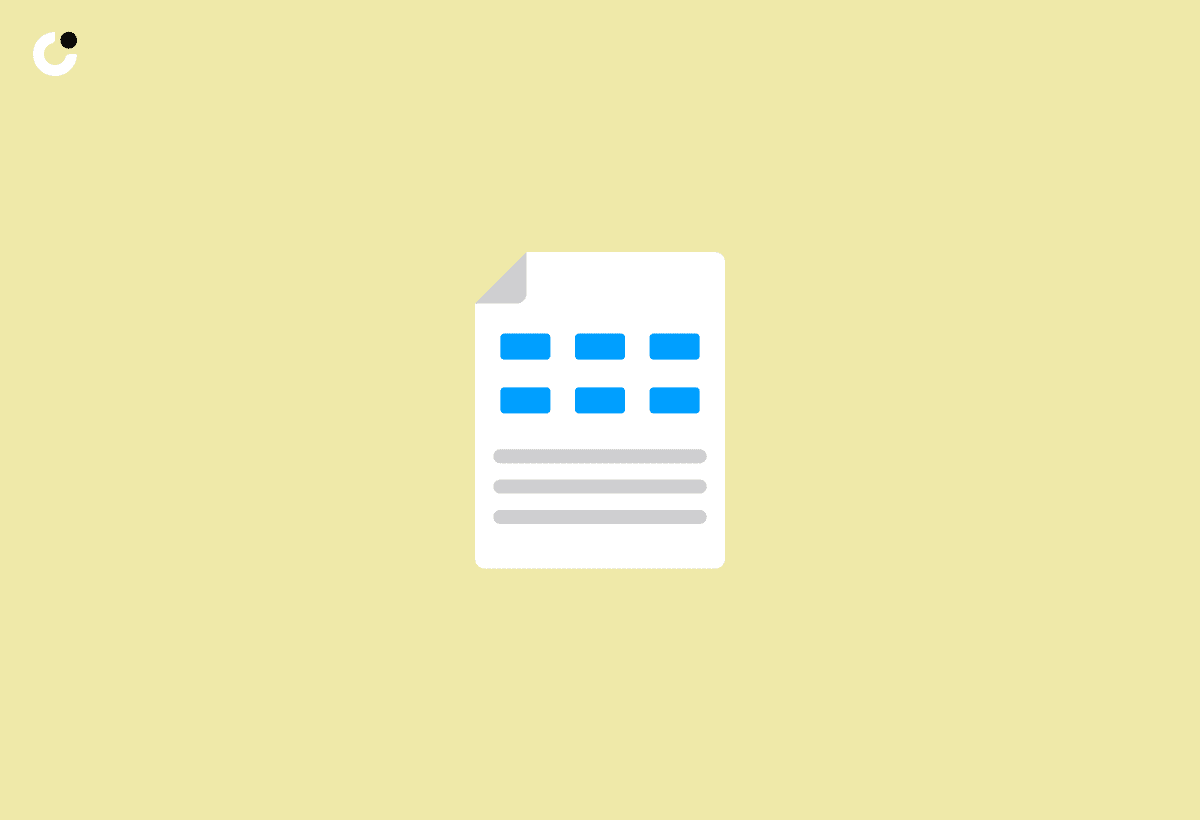
Utilizing email templates for reminder messages ensures consistent formatting, professionalism, and ease of customization. Proper grammar and a clear sign-off contribute to the overall effectiveness of template-based reminders.
Templates for reminder emails not only provide a cohesive look to your communications but also save valuable time by eliminating the need to recreate the same structure repeatedly. They offer a standardized framework that can be easily adapted for various purposes and audiences. The use of proper grammar in templates helps maintain a polished image, fostering a sense of credibility and trust with recipients. Crafting action-driven endings is essential for directing recipients towards the desired response, whether it's confirming an appointment or completing a survey.
Common Mistakes to Avoid
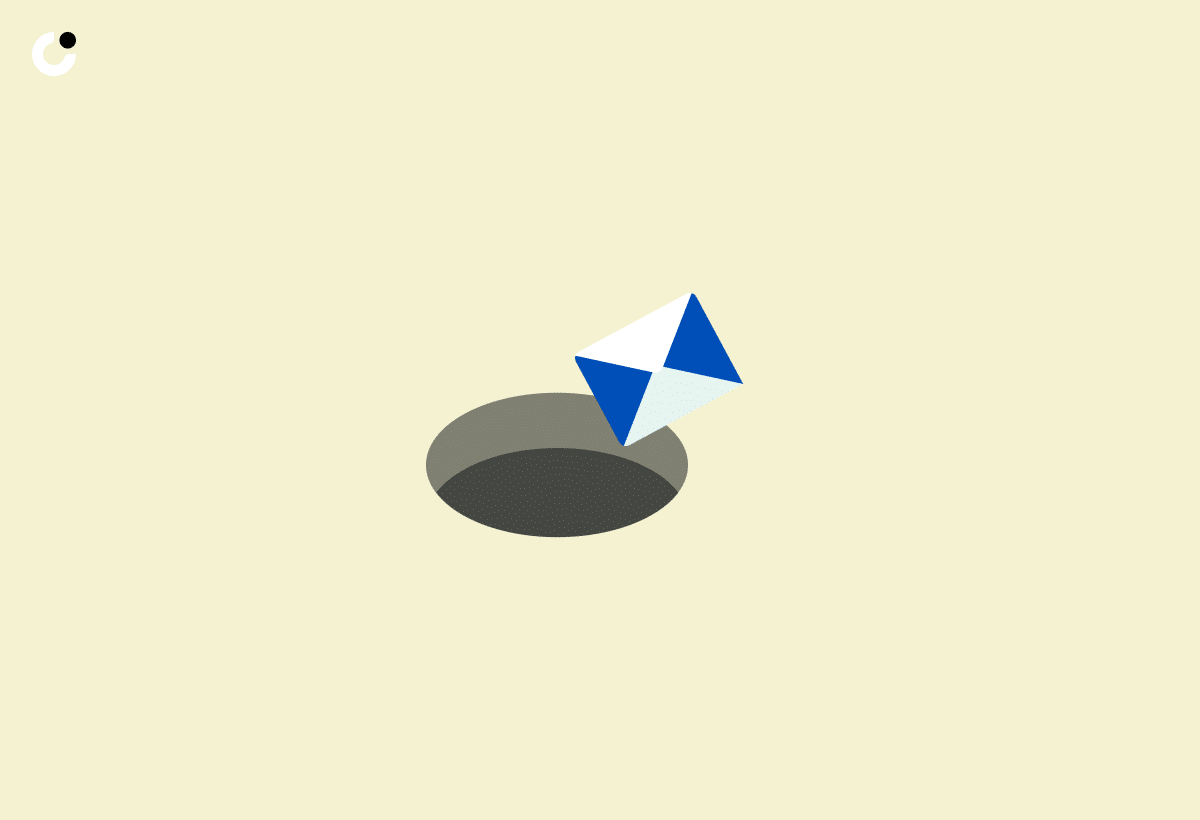
In reminder email communication, common pitfalls include lack of clarity, improper proofreading, and ineffective subject lines. Ensuring clear communication and meticulous proofreading are essential to avoid misunderstandings.
One typical mistake in reminder emails is the use of ambiguous language, which can confuse the recipient and lead to misinterpretations. Overlooking crucial details or forgetting to include relevant information can hinder the effectiveness of the message.
A well-crafted subject line is not just essential for grabbing attention but also for conveying the urgency or importance of the email. Collaboration among team members in reviewing and editing emails can help in catching errors and ensuring that the message is concise and impactful.
Pitfalls in Reminder Email Communication

Pitfalls in reminder email communication often stem from ambiguous messaging, lack of specificity, and inadequate follow-up. Addressing these challenges can significantly enhance the impact and effectiveness of reminder emails.
Clarity is vital in crafting reminder emails as recipients should instantly understand the purpose and required action. Vague subject lines, ambiguous language, or poorly structured content can lead to confusion and overlooking the main message. The lack of specificity, such as not mentioning deadlines or action steps clearly, may result in delayed responses or incomplete tasks. Consistent follow-up is essential to ensure the message is acknowledged and acted upon. Creating a timeline for follow-up messages and using automated tools for reminders can streamline the process and increase response rates.
Tools for Sending Reminder Emails

Utilizing email marketing platforms and automation tools can streamline the process of sending reminder emails. Creating reusable templates within these tools ensures efficiency and consistency in communication.
These platforms offer features such as scheduled sending, allowing you to set up reminders in advance.
The automation tools can also track the success of your reminder emails, providing insights into open rates, click-through rates, and overall email performance.
By automating this process, you can focus on other aspects of your business while ensuring that your communications are reaching the right recipients at the right time.
Email Marketing Platforms and Automation Tools
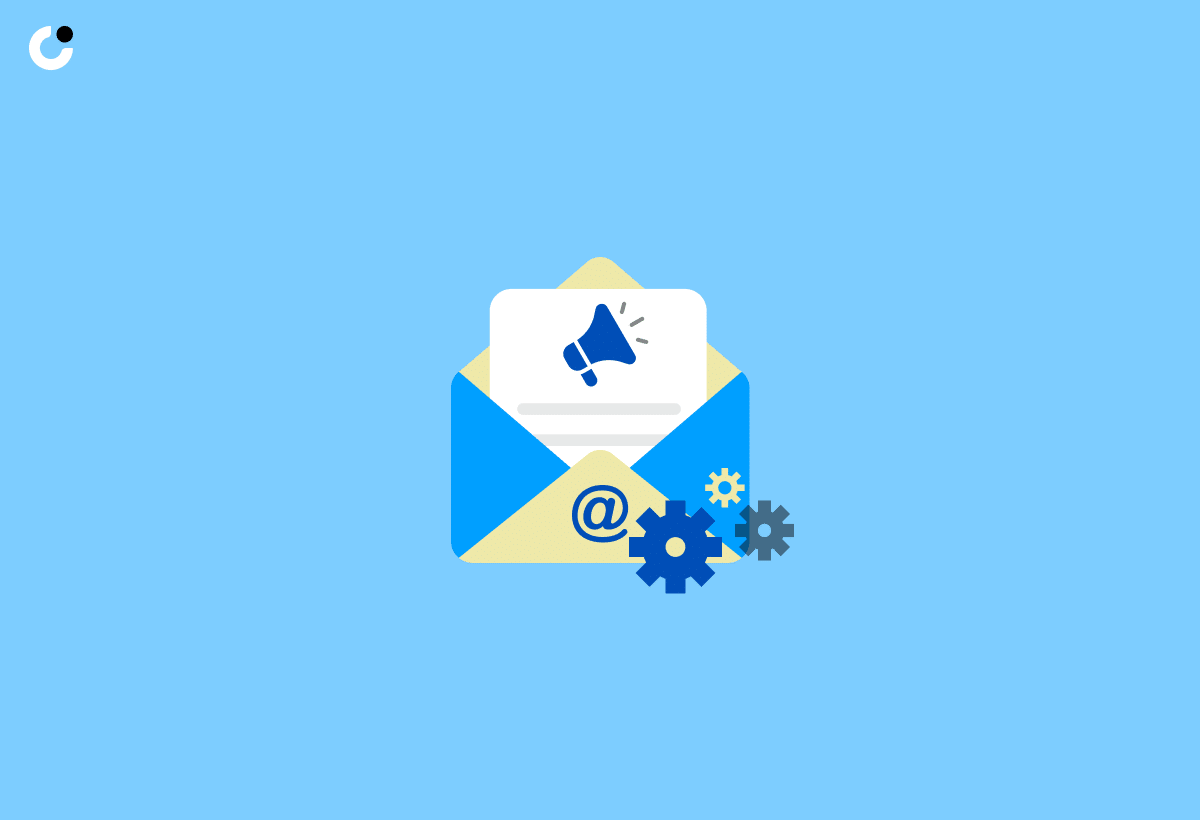
Email marketing platforms and automation tools provide features for scheduling, personalization, and performance tracking in reminder email campaigns. Leveraging these tools optimizes the efficiency and effectiveness of communication strategies.
One significant advantage of using these platforms for reminder emails is the ability to schedule emails in advance, ensuring timely delivery and increasing the chances of engagement. The feature of personalization allows for tailoring the content based on recipient behavior or preferences, enhancing relevance. Tracking performance metrics like open rates, click-through rates, and conversions provides valuable insights into the effectiveness of the campaign, enabling marketers to make data-driven decisions to further optimize their strategies.
Creating Reusable Templates

Developing reusable templates for reminder emails ensures consistency, branding coherence, and time-saving benefits. Customizing these templates for different campaigns enhances engagement and response rates.
Consistency is crucial as it helps establish a uniform brand image across all communication. By using templates, organizations can ensure that every reminder email follows the same format, style, and tone. This not only reinforces the brand identity but also builds trust and recognition among recipients.
Utilizing templates streamlines the email creation process, reducing the time and effort required for each campaign. This is particularly advantageous in environments where efficiency and productivity are key factors in achieving success and fostering organizational growth.
Improving Reminder Email Quality

Enhancing the quality of reminder emails involves tips for improved communication, personalized touches, and attention to detail. Implementing these strategies can elevate the effectiveness of reminder messages.
Effective communication plays a crucial role in ensuring that the message is clear and concise. By using a friendly and approachable tone, the recipient is more likely to engage with the content. Personalization adds a human touch to the email, making the recipient feel valued and understood. Tailoring the message to the recipient's preferences and past interactions can significantly increase the likelihood of a response. Attention to detail, such as checking for spelling and grammar errors, ensures a professional appearance and fosters trust with the recipient.
Tips for Enhanced Communication

Actionable tips for enhanced communication in reminder emails include clear messaging, concise content, and relevant calls to action. Applying these tips can lead to improved open rates and engagement.
When crafting reminder emails, it is crucial to ensure that the message is straightforward and easy to understand. Complicated language or excessive information can overwhelm the recipient, leading to a lower open rate. Keeping the content concise while still conveying the necessary information is key to capturing the reader's attention. Incorporating relevant calls to action prompts recipients to take the desired action, boosting the click-through rate and potentially generating more leads.
Utilizing Personalized Touches
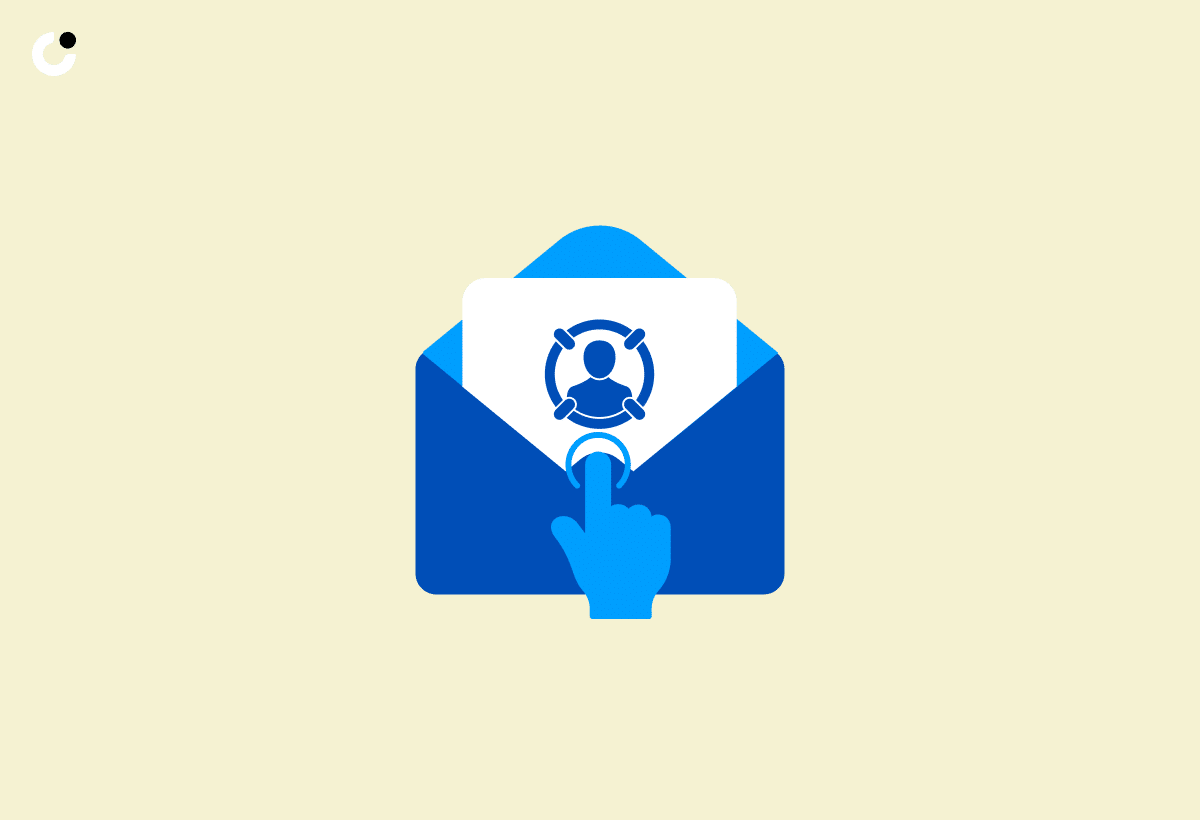
Personalized touches in reminder emails, such as addressing recipients by name and tailoring content to their preferences, enhance the recipient's connection with the message. Leveraging personalization can significantly increase response rates and engagement.
By incorporating the recipient's name, the email feels more intimate and less generic, increasing the likelihood that the recipient will pay attention to the message.
This level of personalization shows that the sender values the recipient as an individual, which can lead to a more positive perception of the sender.
Customizing content based on previous interactions or preferences can guide recipients towards a specific action or decision, improving the email's performance.
Tailored content resonates better with the recipient, making them more likely to engage with the email, whether through a click, response, or conversion.
Optimal Timing for Sending Reminders
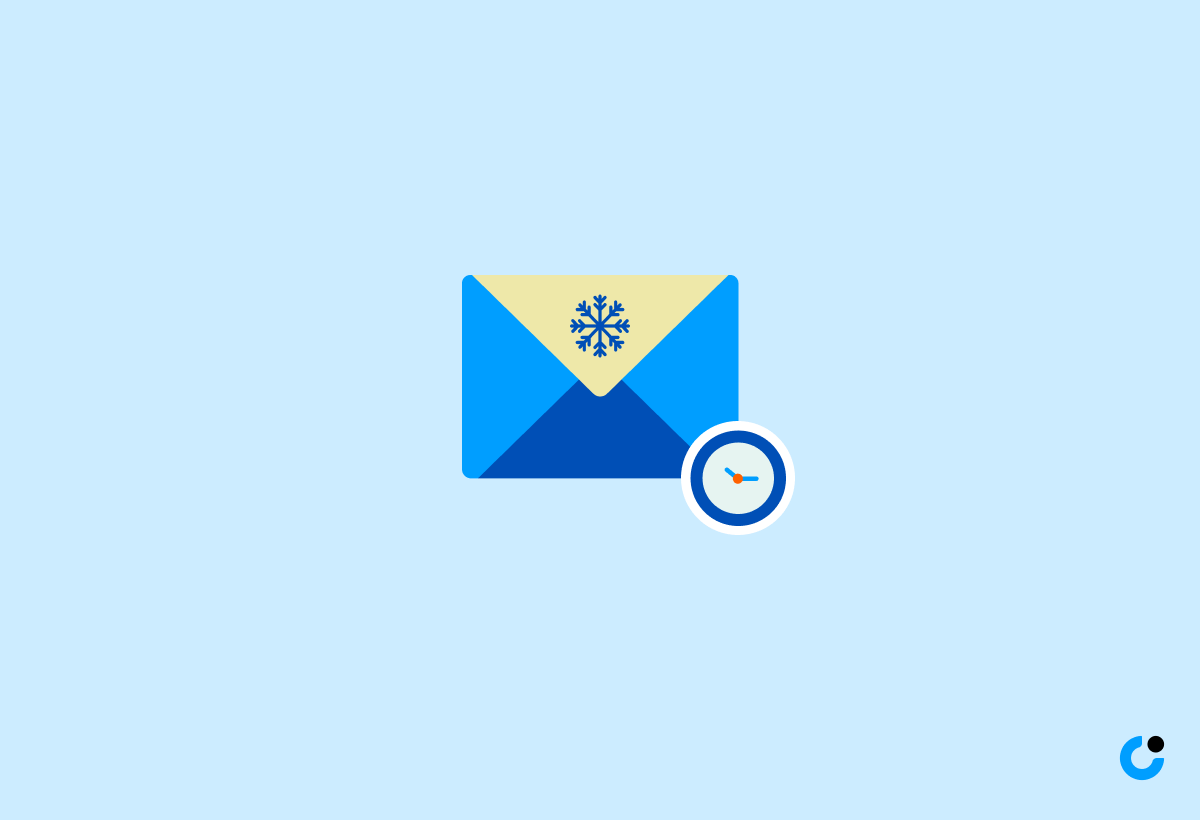
Identifying the best time to send reminders can improve open rates and recipient responsiveness.
By analyzing recipient behavior and preferences, email senders can tailor their reminder schedules accordingly. Understanding when a recipient is more likely to engage with a reminder can significantly impact the success of the email campaign. Timing plays a crucial role in the recipient's decision to open an email and take the desired action. Monitoring the performance of reminder emails based on different timings can provide valuable insights into optimizing future communications. Incorporating these strategies into email campaigns can lead to improved recipient engagement and overall email performance.
Identifying the Best Time to Send Emails

Identifying the best time to send reminder emails involves analyzing recipient engagement patterns, considering time zones, and leveraging data insights. Tailoring reminder schedules to peak activity periods can boost email performance metrics.
One effective strategy for determining optimal timing is to segment recipient lists based on their past engagement behavior. By categorizing subscribers into groups such as highly active, moderately engaged, or sporadic openers, email marketers can customize reminder schedules accordingly.
Monitoring the performance metrics of past reminder emails can provide valuable insights. Analyzing open rates, click-through rates, and conversion rates at different times of the day can reveal patterns that help pinpoint the most effective sending times.
Conclusion
Effective reminder strategies encompass clear communication, personalized touches, and strategic timing.
By ensuring the information is concise and to the point, recipients are more likely to pay attention and respond positively. Incorporating personalized elements such as names or previous interactions can create a sense of connection, making the recipient feel valued.
Timing plays a crucial role in the success of reminders; sending them at the most opportune moments when the recipient is likely to be receptive increases the chances of eliciting a response. Studies have shown that utilizing these strategies can boost response rates by up to 30% compared to generic reminders.
Summary of Effective Reminder Strategies
Effective reminder strategies focus on clear communication, personalized touches, and strategic timing to maximize recipient engagement and response rates. By incorporating these elements into reminder emails, businesses can drive successful outcomes and enhance communication effectiveness.
Clear communication involves using concise language that conveys the purpose of the reminder effectively. Personalization adds a human touch by addressing recipients by name or referencing past interactions. Strategic timing ensures that reminders are sent at the right moment for optimal impact. These strategies not only improve open rates but also nurture leads and influence decision-making. Implementing these tactics can significantly elevate communication engagement and contribute to the overall success of a campaign or communication effort.
Frequently Asked Questions
1. What is the importance of using polite reminders in email communication?
Polite reminders can help maintain a positive and professional relationship with your recipient, while also ensuring that important tasks or requests are not forgotten.
2. How can I effectively nudge someone through email without being too pushy?
Use polite language, acknowledge the recipient's busy schedule, and provide a clear and specific reason for the reminder. This can help avoid coming across as too pushy.
3. Is it appropriate to send multiple polite reminders if the recipient does not respond?
It is generally acceptable to send a follow-up reminder after a reasonable amount of time has passed, but avoid bombarding the recipient with multiple reminders in a short period of time.
4. How can I make my polite reminder stand out in a busy inbox?
Use a clear subject line that highlights the urgency or importance of the reminder. You can also try sending the reminder at a time when the recipient is less likely to be preoccupied with other emails.
5. Are there any specific words or phrases I should avoid when sending polite reminders?
Yes, try to avoid using aggressive or demanding language such as "you need to" or "you must". Instead, use phrases like "would it be possible" or "if you have a moment" to convey your request politely.
6. How can I ensure that my polite reminder is received and read by the recipient?
Request a read receipt or follow up with a brief confirmation email to ensure that the recipient has received your reminder. You can also try mentioning the reminder in a previous communication to increase its visibility.

